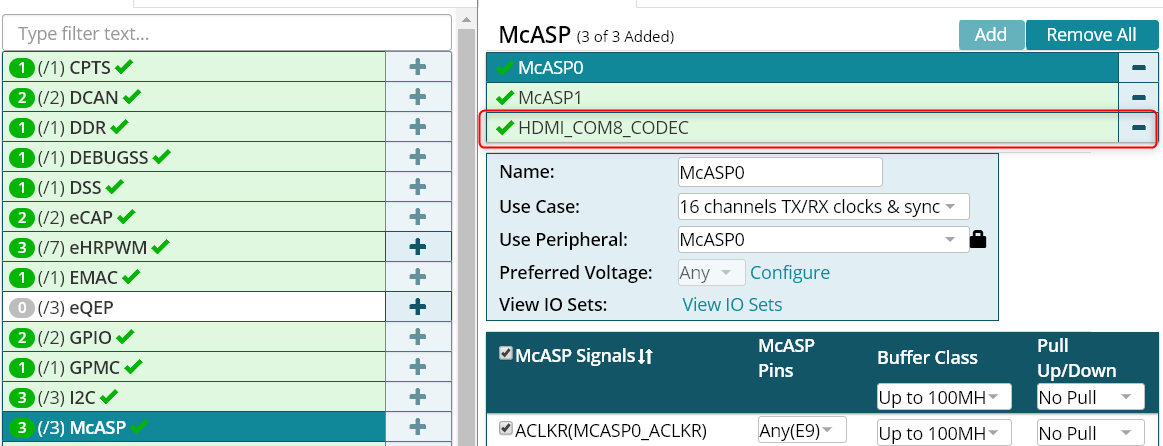Part Number: EVMK2G
Hi,
My initial idea of using K2G EVM with CMB was to acquire the data from the CMB, process them on the DSP core and pass them to ARM for display through the HDMI output (e2e.ti.com/.../754234). This video signal will have to be wirelessly transmitted to a receiving PC. Analysing the SDK example code for all three parts I realised IPC communication and integration with the other parts of code is too much to meet our deadline. Therefore I thought of, at least initially, doing everything on the DSP core.
- Can I boot the DSP core directly from the SD card and load my application code?
- Does the bootloader configure everything for the DSP to run with CMB and HDMI?
- Can I use HDMI together with CMB? I am asking this in case there are some pin muxing incompatibilities (of the kind like not being able to use HDMI with the PRU cape on the Beaglebone Black)
- I noticed there is an example for HDMI under c:\ti\pdk_k2g_1_0_10\packages\ti\board\diagçhdmi. I was able to build hdmi_diagExample_evmK2G_armv7.out using gmake LIMIT_BOARDS="evmK2G" LIMIT_SOCS="k2g" LIMIT_CORES="dsp_0" board_diag. This "_armv7" extension is confusing. Is that DSP executable?
- HDMI was my first choice because it looked straightforward. Now I am not so sure. Can I get the data out of the EVM through Ethernet using the TI RTOS? I imagine the simplest way would be to use Ethernet connecting through WiFi to the receiving PC (50-100 metres away with line of sight), is this doable wit TI-RTOS? Is there any example of using Ethernet on K2G EVM?
Thank you and best regards,
Adam





